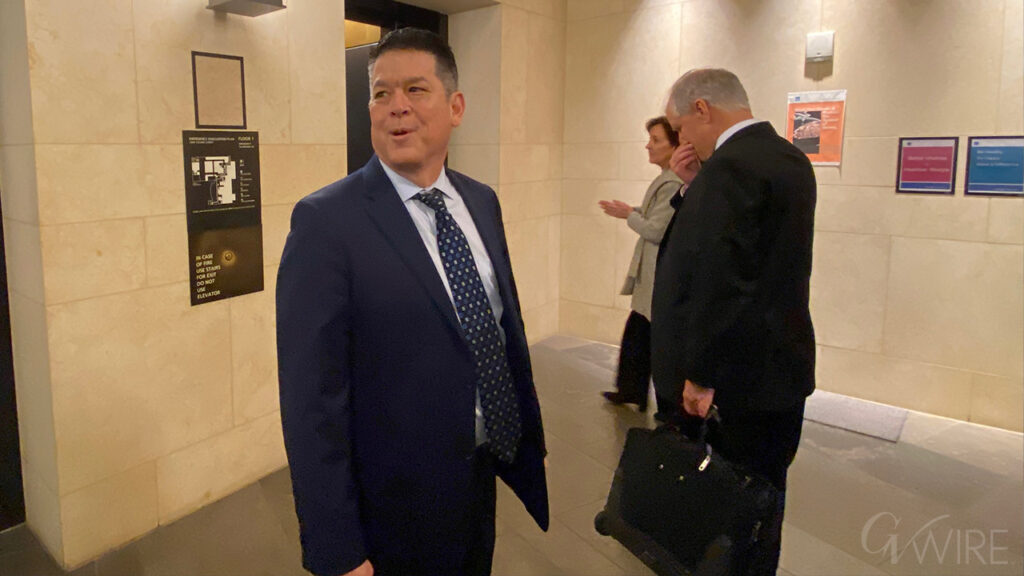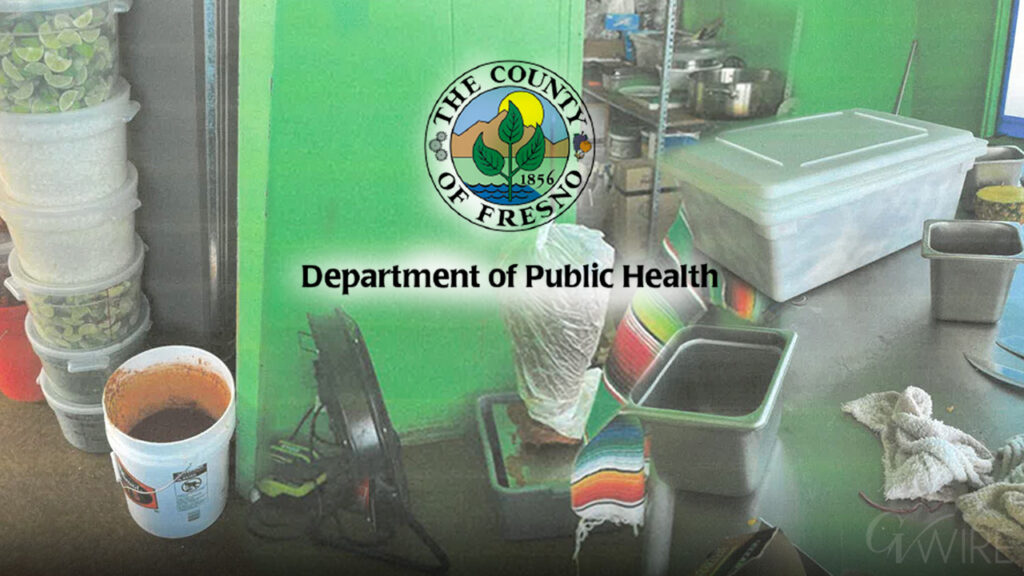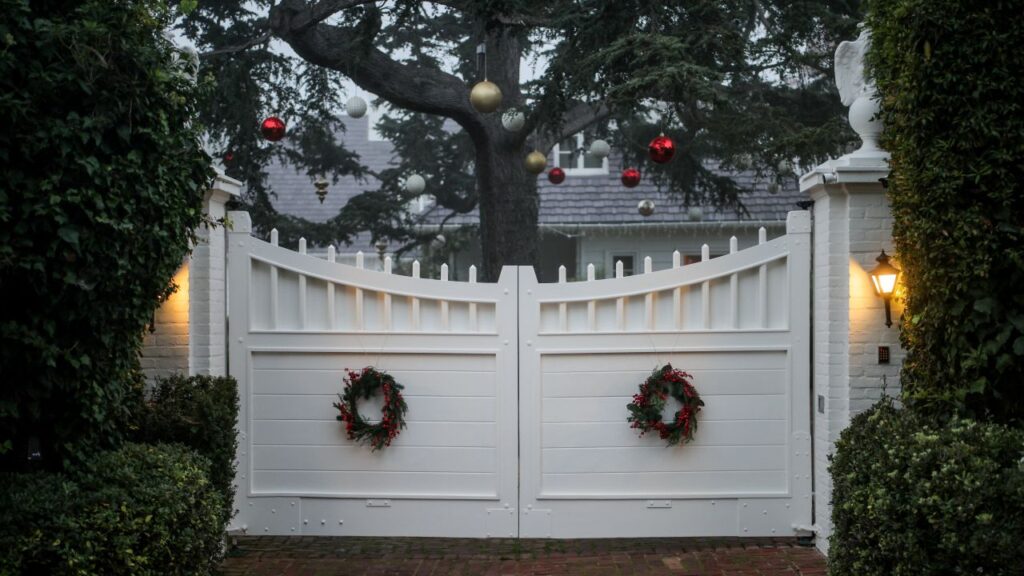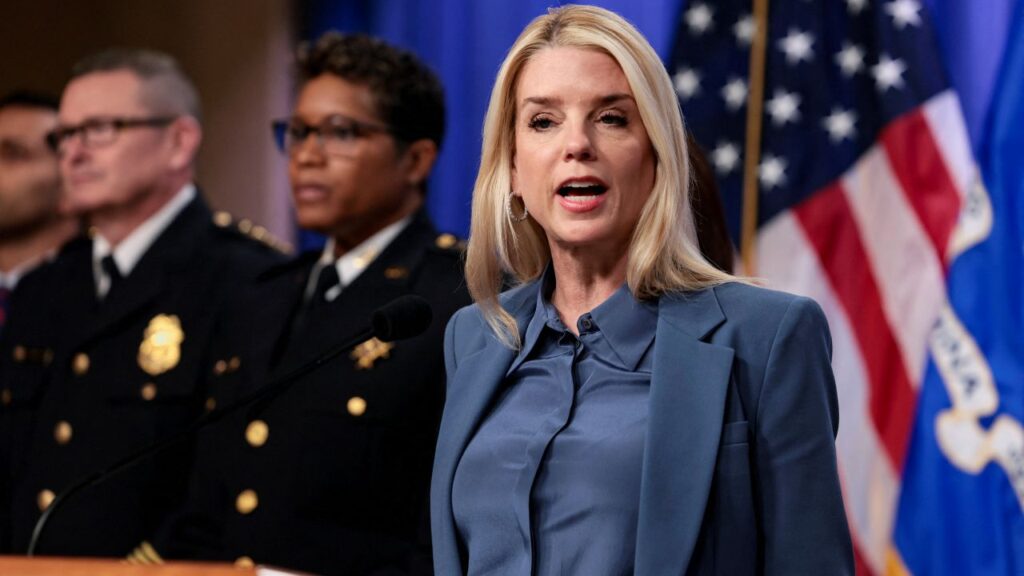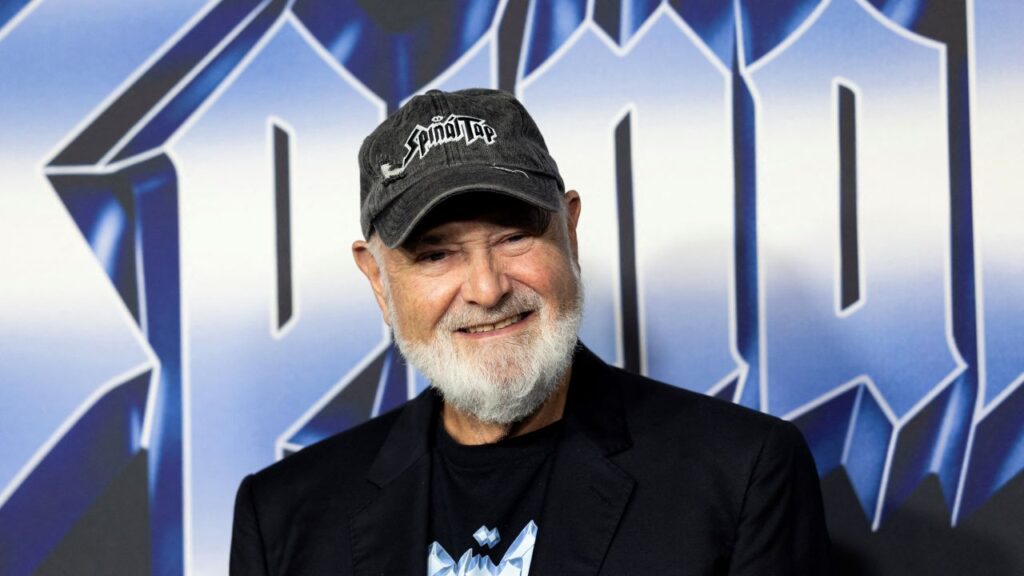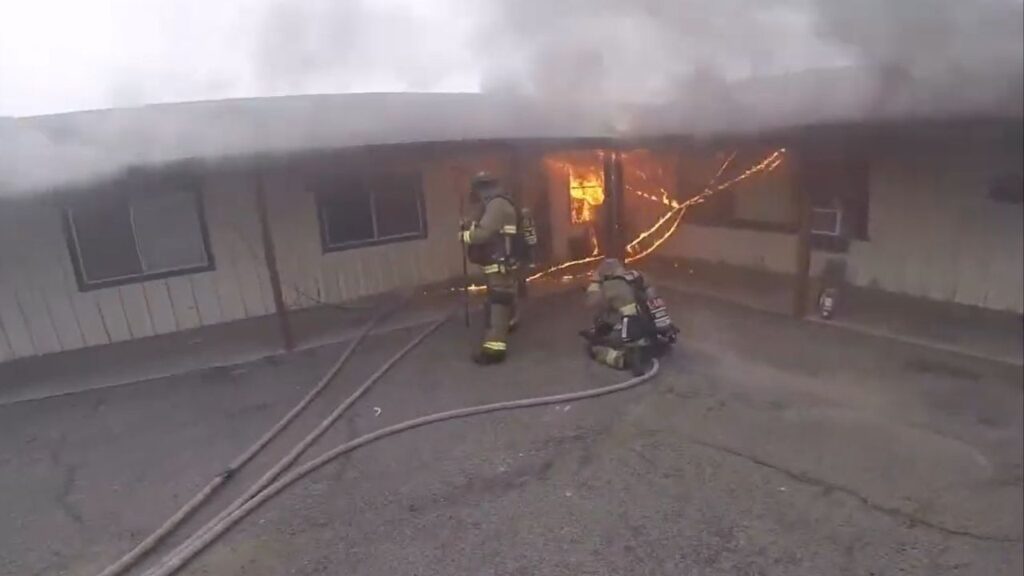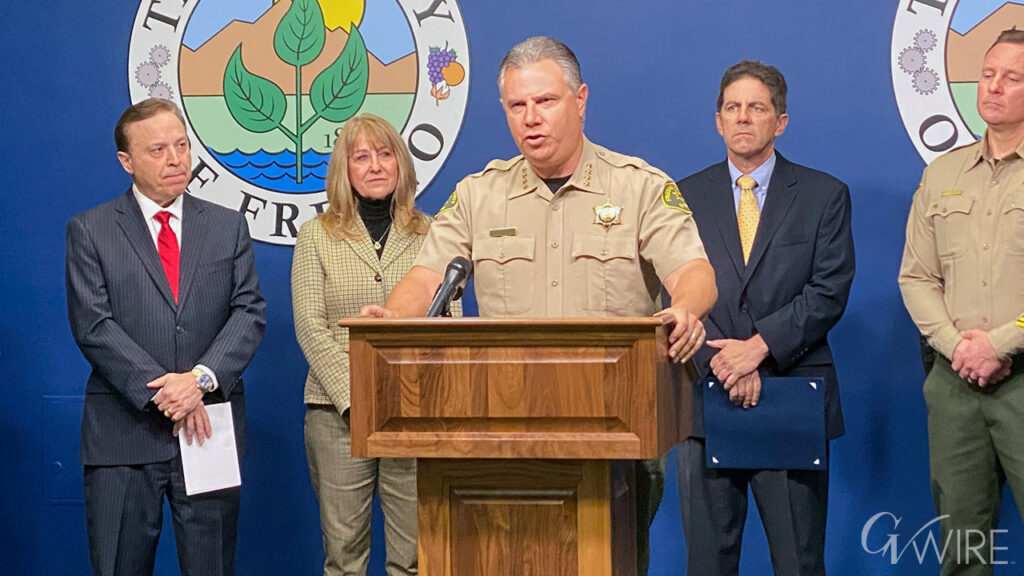Fresno Mayor Jerry Dyer called for a reduced approach to developing southeast Fresno, focusing only on an area with existing infrastructure. (GV Wire Composite/Paul Marshall)

- Fresno City Councilmembers will hear the long-awaited Southeast Development Area plan June 12.
- Mayor Jerry Dyer previously opposed SEDA. He now believes a drastically reduced form of the plan is the way forward.
- Councilmembers must decide how to pay for the plan and whether environmental impacts and loss of farmland outweigh benefits of more housing.
Share
|
Getting your Trinity Audio player ready...
|
Some Fresno councilmembers are calling the city’s Southeast Development Area plan the biggest decision any of them will make.
The plan would redesignate 9,000 acres of land — 6,000 of which is active farmland — into a veritable small city of residential, commercial, and industrial land at the crossroads of Fresno, Clovis, and Sanger.
At the city’s SEDA workshop last Thursday, however, Fresno Mayor Jerry Dyer advocated a smaller approach to SEDA, limiting it to the the southern-most plan area south of Jensen Avenue and stretching from Minnewawa to Temperance avenues. He estimated the city would only need $91 million for what he called “south SEDA.”
“My position is very clear. I believe we need to move forward during my administration with the opening of south SEDA and south SEDA only,” Dyer said. “I don’t think we should do any further phasing.”
Clovis Unified Opposes SEDA Reduction
Clovis Unified, which is building its new Terry Bradley Education Center in the midst of the SEDA area, said a reduction in the plan would impact future enrollment. Officials said they’ve invested heavily and are counting on the plan to move forward in the area of the campus.
Meanwhile, after nearly two decades of a plan to build out southeast Fresno, councilmembers will in June decide whether to approve an environmental study and a financial plan to pay for water and sewer that some have estimated to be hundreds of millions to billions of dollars.
City Relies More Than Ever on Property Taxes: Dyer
Building out the entire SEDA area would require a major investment. Bringing adequate water supplies to farmland means installing a whole new trunk water line along Temperance Avenue to supply neighborhoods and shopping centers.
South SEDA already has a nearby trunk line that can supply the area, Dyer said.
If councilmembers approve SEDA with a focus on only the southern portion, development can begin within three years, he said.
Related Story: Fresno Population Growth Triples Forecasts. Will That Bring More New Housing?
But even with a phased or limited approach, councilmembers would still have to approve the environmental report and specific plan in its entirety to open the door to development, said Fresno City Council President Mike Karbassi.
Councilmembers can put thresholds on construction without having to recirculate the environmental report, said Sontaya Rose, the city’s director of communications.
One member of an environmental group, however, said thresholds aren’t an adequate safeguard and that the city should recirculate the document with the proposed phasing plan.
Fresno officials and builders have eyed SEDA going back to the early 2000s. More recently, they’ve seen it as a way to reclaim housing construction lost to Clovis and Madera.

“We know industrial development is leaving our city and going to Visalia and other places,” Dyer said at the SEDA workshop. “We know housing is leaving our city and going to Clovis as well as Madera.”
Where sales tax and property tax once each made up about 33% of city revenue, the city now more greatly relies on property tax, which produces closer to 40%, Dyer said.
The Building Industry Association of Fresno Madera Counties said the additional housing would bring down rents and home prices.
“Fresno needs SEDA in order to produce more homes to meet the demand of consumers who want to buy,” said Darren Rose, president of the BIA. “We are eager to see the financial studies the city has commissioned. Ultimately, if Fresno doesn’t move forward with SEDA, BIA’s members will build in other localities.”
Clovis’ Terry Bradley Center Dependent on SEDA
Clovis Unified undertook the $540 million combined high school, intermediate school, and elementary school at the Bradley Center to address overcrowding at Clovis East and Reyburn Intermediate.
But long-term enrollment projections indicate the school would be under-enrolled without SEDA, said Kelly Avants, spokesperson with Clovis Unified.
“A decision by the Fresno City Council to change those plans now would have a great impact on future enrollment at the campus,” Avants told GV Wire.
Related Story: Future ‘Longhorns’ Tour Construction Site of Next Clovis Unified ...
Can SEDA Pay for Itself?
Infill advocates say building on the outskirts hurts the inner city. The city has $1 billion in deferred maintenance on streets and $300 million in deferred maintenance on sidewalks and gutters, Dyer said.
New police and fire stations have to be built out as well. Impact fees — paid for by developers — only cover a portion of those costs. The city has a $20 million projected deficit for the upcoming 2025-26 fiscal year.
Fresno City Councilmember Miguel Arias said if the city were to float bonds for infrastructure, those loans should go to replacing and fixing existing infrastructure. Most councilmembers agreed they wanted a plan that doesn’t stick Fresno taxpayers with the cost of SEDA infrastructure.
Related Story: City, County of Fresno Reach Tax Agreement. Can Building Move Forward?
In the city’s new tax-sharing agreement with the county, the two bodies would split property taxes in SEDA 50/50, giving the city more money than the 60/40 split in other areas. That deal requires the city to approve a plan, however. Without a plan, the county gets 100% of property taxes.
Dyer said the favorable tax split would help build up city coffers.
Additionally, Fresno City Manger Georgeanne White said that with new neighborhood-specific property tax structures under Mello-Roos, SEDA development can pay for itself.
Councilmembers will get a financing plan with several options on how to pay for infrastructure in two weeks, White said. Arias and councilmember Annalisa Perea worried that wouldn’t be enough time to review plans — especially as upcoming budget discussions begin in earnest.
“This is by far, as member Perea indicated, the single largest decision I’m going to make in my tenure as a two-term councilmember and this is the least amount of information with the least amount of time I’ve ever had,” Arias said.
Fresno Growth Nearly Triples Forecasts: Department of Finance
Councilmembers will also receive a housing market study forecasting demand in the city. In it, forecasters projected a needed 47,000 new housing units through 2049, said Sophia Pagoulatos, manager of long-range planning for the city.
Most of that is affordable housing, according to Dyer’s One Fresno Housing Strategy. But affordable housing projects don’t pay property taxes, Dyer says.
“If you’re doing only affordable housing, I promise you we won’t have money to pave any streets in the city of Fresno,” Dyer said.
The housing market study stands in contrast to downgraded long-range population forecasts in 2023 for the state and for Fresno by the California Department of Finance.
Environmental advocates used the finance department’s estimated .25% year-over-year growth to say there is no need for the SEDA plan. Dyer in 2024 said SEDA should not be approved until population forecasts justify the need for outward growth.
But last year’s .7% population growth nearly tripled the finance department’s forecast. In addition, Gov. Gavin Newsom’s office recently reported that the state’s population is growing again.
The housing market study forecasts line up with the higher-than-expected figures, said Jennifer Clark, director of the Planning and Development Department.

More than half of the south SEDA portion is dedicated to flexible commercial zoning, which White said would provide job centers.
Councilmember Tyler Maxwell said he was looking for ways to say “yes” to create more housing.
“Politicians have been their own biggest enemy when it comes to housing,” said Maxwell. “We no longer have the privilege to be picky when it comes to housing.”
Environmental Groups, Rural Residents Say SEDA Makes Irreversible Changes
Arias said during the meeting he couldn’t think of an issue that has gotten more public response than SEDA.
At full build-out, SEDA development would also add more than 510,000 metric tons of carbon dioxide every year, according to the city’s environmental analysis. Much of that can’t be mitigated, environmental groups say.
City staff say once completed, SEDA would reduce driving miles by locating job centers, shopping centers close to neighborhoods. But residents say the plan would change the area’s rural lifestyle.
“In recent years, many new housing tracts have popped up in the area, causing traffic jams, accidents and additional noise from traffic,” said homeowner Patti Bibb in a letter to the city. “Additional housing in this rural neighborhood is already interfering with my right to quiet enjoyment of my home. This is an agricultural neighborhood, that’s why we moved out here, to enjoy the peace and quiet.”
White said, however, that the city would not be proactive in development. Eminent domain isn’t on the table, and the only way development would occur is if a property owner sold to a builder.
A zoning overlay would preserve agricultural uses in perpetuity until the land is converted. That said, building a new barn, stable, corral, or chicken coop would require a conditional use permit, according to zoning rules. And, conditional use permits are subject to city approval.
Under the current ag zoning, new structures such as barns or chicken coops only require plan approval, said Fresno County Supervisor Nathan Magsig.
White offered this advice to those seeking to keep the area’s rural feel: “If you don’t want to have development on your property, then don’t sell your land to developers. Really simple.”





